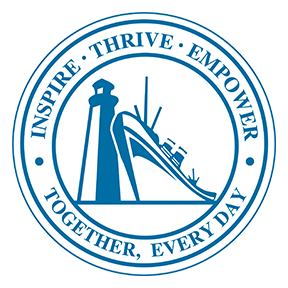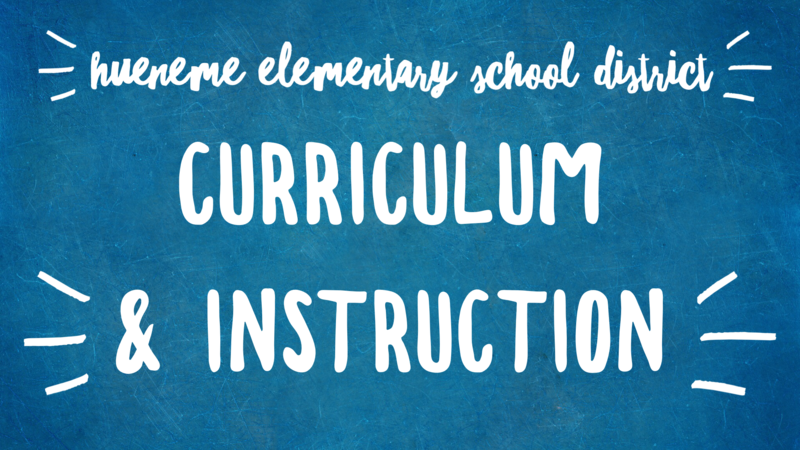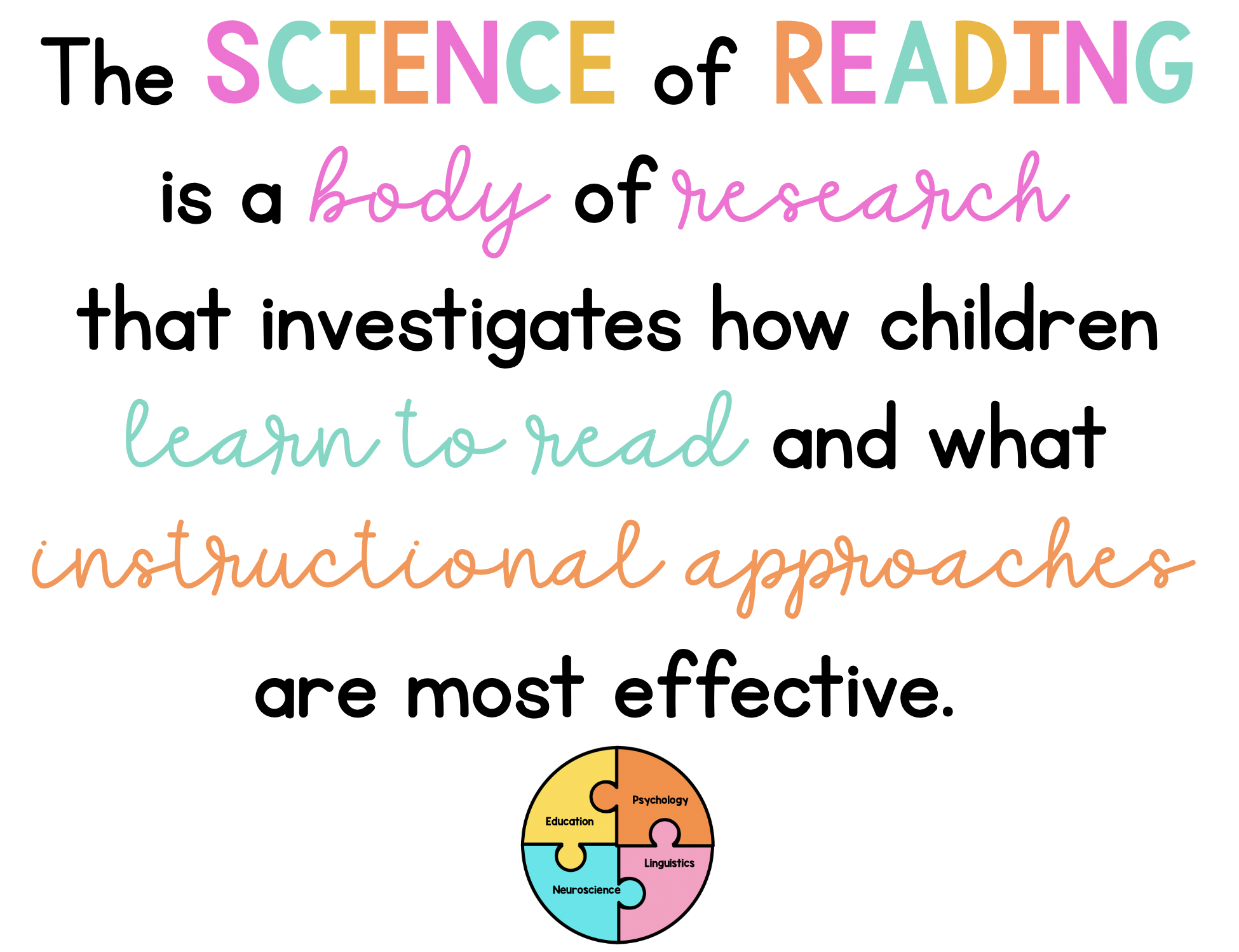Print awareness is the understanding that print carries meaning and that in English it reads from left to right. It also means learning that books contain letters and words, have front and back covers, and are handled in a certain way.
FOCUS FOR FAMILIES
What does it take to be a strong reader?
PRINT AWARENESS:
understanding what print is and the parts of a book
PHONOLOGICAL AND PHONEMIC AWARENESS
recognizing the sounds in spoken words
Phonological and phonemic awareness is the ability to hear, identify, and play with the sounds in spoken language — including rhymes, syllables, and the smallest units of sound (phonemes).
PHONICS & DECODING
connecting the sounds of speech with letters
Phonics is a step-by-step way to teach the alphabetic principle — the idea that letters represent the sounds of spoken language — and that there is a predictable relationship between letters and sounds. "Decoding" is the act of sounding out words using phonics.
FLUENCY
reading with accuracy and expression
Fluency is a child's ability to read a book or other text accurately, at a reasonable rate, and with appropriate expression. Reading fluency is important because it bridges word recognition and comprehension.
VOCABULARY
knowing what each word means
Vocabulary is word knowledge. Word learning is an ongoing process — we are always adding to our "word bank." The goal is to recognize and understand the meaning of spoken and written words.
COMPREHENSION
understanding what you read
Comprehension is the goal of reading! It is the thinking process readers use to understand what they read. Strong vocabulary, background knowledge, and understanding of language's workings are keys to comprehension.
Source: Reading Rockets
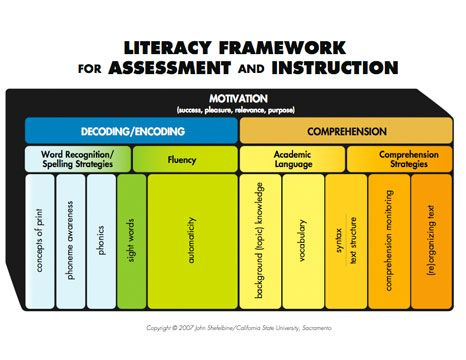
John Shefelbine's Literacy Framework for Assessment and Instruction emphasizes the integration of decoding/encoding skills, comprehension, and motivation, demonstrating how these aspects work together to foster proficient readers.
Additional Resources
Article: How Do Kids Learn to Read? What Science Says
Brain Builders is an animated video series you can share with your students to help them understand what the brain does to read.
Science of Reading: The Podcast will deliver the latest insights from researchers and practitioners in early reading. Via a conversational approach, each episode explores a timely topic related to the science of reading.
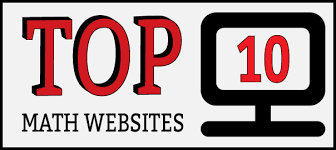
TABLE TALK MATH BY JOHN STEVENS
TABLE TALK MATH IS ABOUT MAKING MATH ACCESSIBLE FOR EVERYONE AT THE “TABLE” BECAUSE MATH IS FOR EVERYONE.
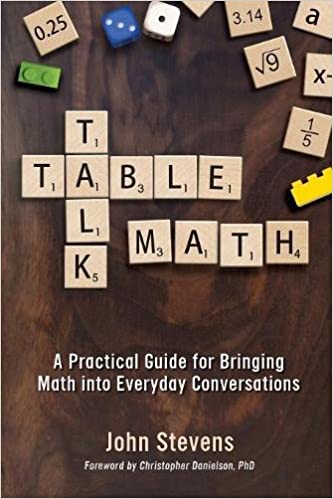
GUIDELINES FOR TABLE TALK MATH
Speed doesn’t matter.
Please don’t force it.
Explore together.
Let your curiosity wander/wonder.
